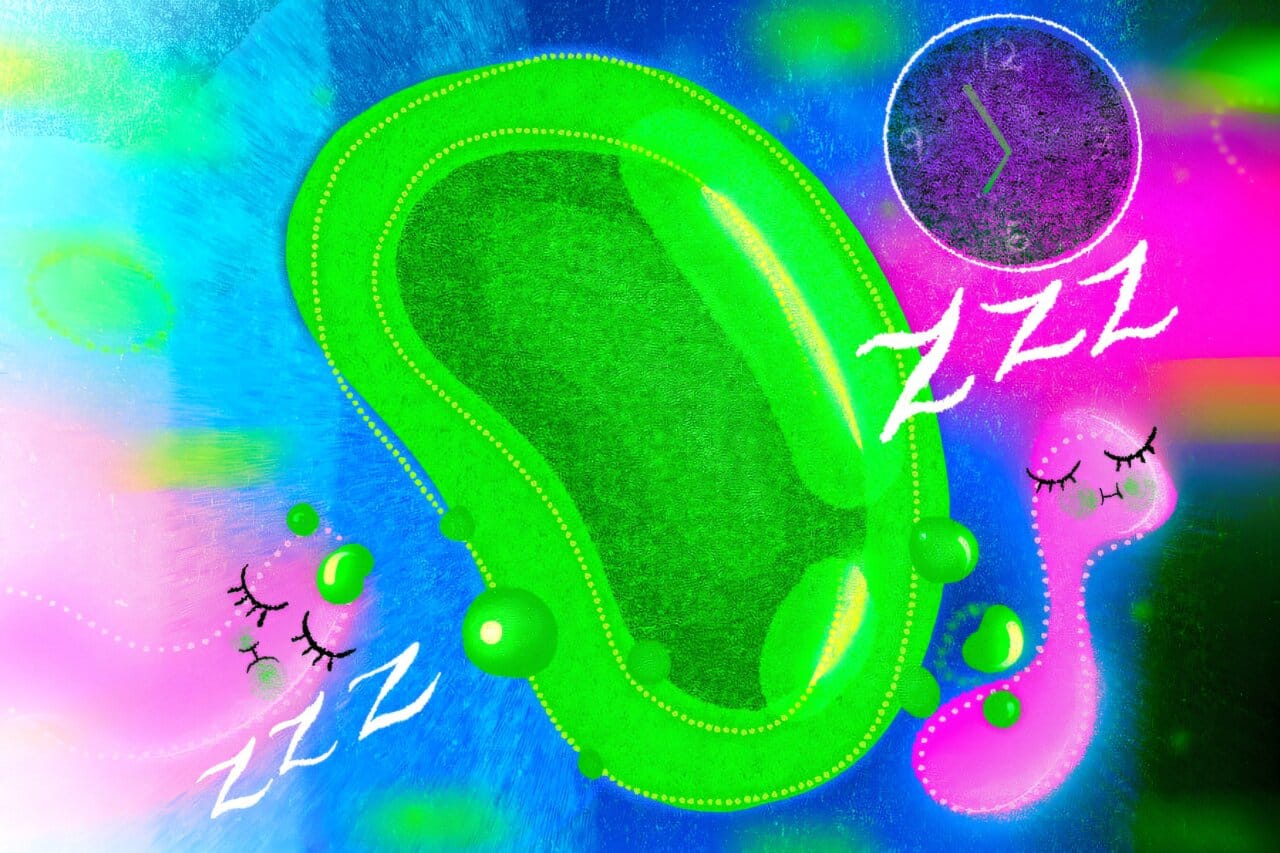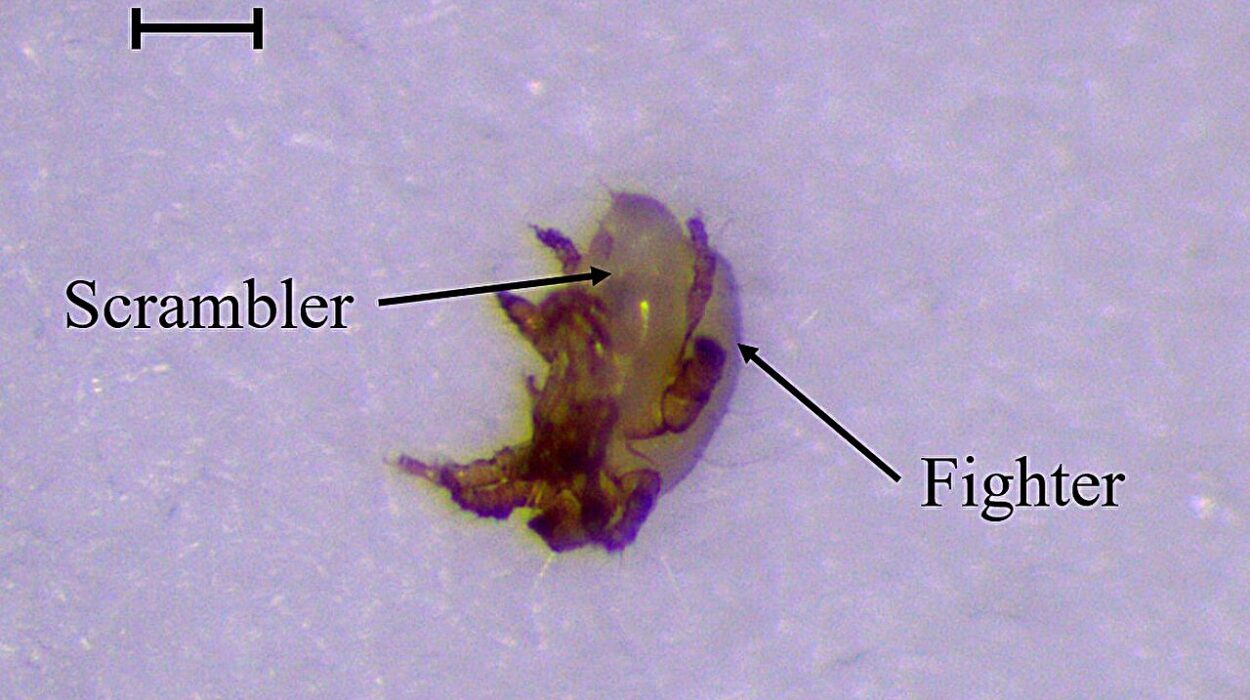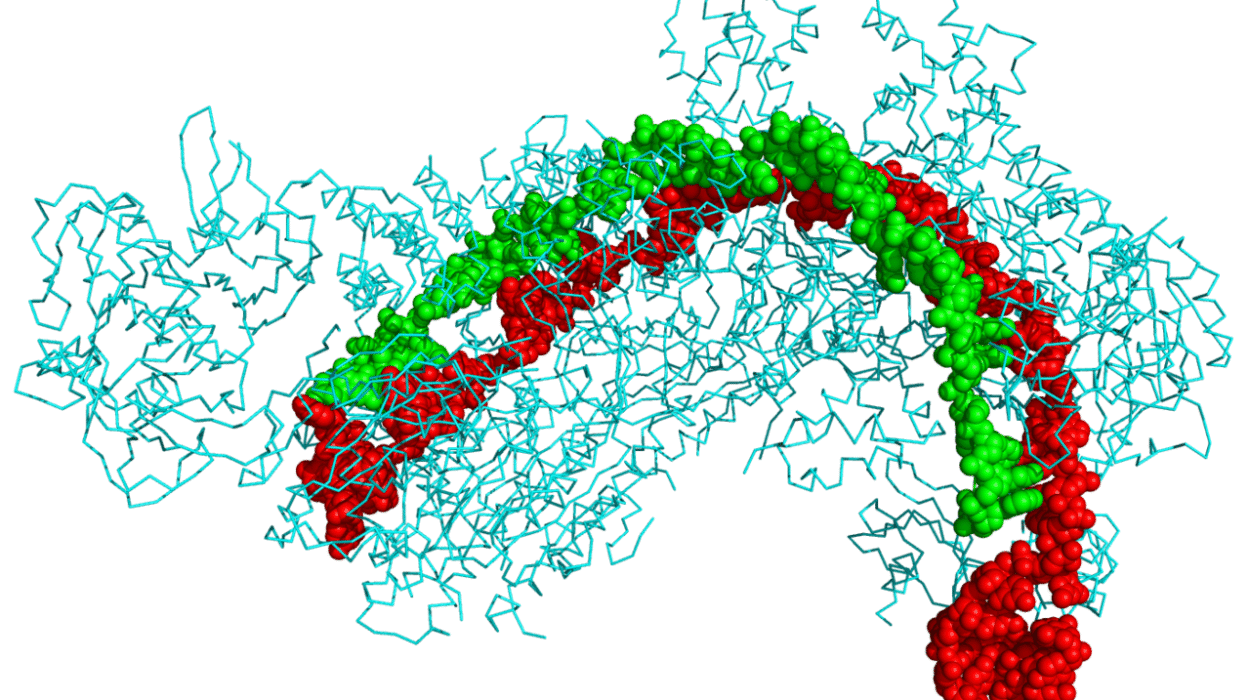One of the most remarkable and industrious organisms inhabiting the oceans is the diminutive Prochlorococcus marinus, a single-celled microbe that plays a crucial role in the planet’s ecological balance. This tiny organism is smaller than a human red blood cell and forms part of a group called “picoplankton” due to its size. It thrives in vast numbers across the ocean’s surface waters, making it not only the most abundant photosynthesizing organism in the oceans but also one of the most vital players in global carbon cycling. In fact, Prochlorococcus is responsible for fixing as much carbon as all the terrestrial crops on Earth combined, highlighting its significance in regulating atmospheric carbon dioxide and promoting climate stability. Researchers have been unveiling increasingly sophisticated ways in which this microbe contributes to the ocean’s carbon cycle and its broader ecosystem function.
A groundbreaking discovery by MIT scientists, published in Science Advances, revealed an astonishing new aspect of Prochlorococcus’ role in the marine environment—its ability to participate in a phenomenon known as “cross-feeding,” which extends beyond its photosynthetic activity. The study shows that Prochlorococcus does not simply absorb nutrients; it actively sheds molecular compounds—specifically nitrogen-rich purines and pyridines, which are the building blocks of DNA—into the surrounding environment. These cast-offs are subsequently “cross-fed” by other microbes that absorb and use them for nourishment or energy, facilitating important processes such as regulating their metabolism or supporting growth. This microbial cross-feeding contributes to nutrient recycling within the ocean and directly influences the health and growth of various species in the water column.
One of the most interesting findings from the study is the regular cycle of this process. Researchers discovered that Prochlorococcus predominantly releases these molecular compounds at night. During this time, enterprising microbes in the ocean—including SAR11, the most abundant group of bacteria in the marine environment—consume the molecules as a valuable food source. When SAR11 consumes the purines and pyridines shed by Prochlorococcus, it temporarily slows down its metabolic processes. This slowing down serves as a kind of “rest” for the microbe, enabling it to store energy for the upcoming daylight hours, when metabolic activity ramps up again. SAR11 benefits from this relaxed state, allowing the bacteria to recharge and prime itself for growth during the day.
The phenomenon of cross-feeding thus becomes more than a casual interaction between different microbial species—it may be seen as a symbiotic relationship that helps maintain the health and stability of marine ecosystems. The researchers suggest that Prochlorococcus might be playing a regulatory role in the marine ecosystem, not just through the carbon cycle but by governing the metabolic cycles of other microorganisms that live in the ocean’s surface layers. As such, Prochlorococcus’ nighttime molecular discarding may influence the daily rhythms and cycles of ocean-dwelling microorganisms on a global scale, with profound implications for the cycling of carbon and other nutrients.
“The relationship between the two most abundant groups of microbes in ocean ecosystems has intrigued oceanographers for years,” said co-author Professor Sallie “Penny” Chisholm, a renowned figure in marine biology at MIT, who co-discovered Prochlorococcus in 1986. The collaborative team’s research into these interactions offers exciting insight into how the finely tuned ecology of marine microbes sustains the stability of large-scale oceanic processes.
Given the ubiquity of Prochlorococcus and SAR11 across the globe’s oceans, this cross-feeding relationship is likely one of the most significant forms of nutrient exchange in marine ecosystems. The MIT researchers hypothesize that this microbial process helps regulate the carbon cycle of the oceans by promoting balanced nutrient usage and limiting excessive depletion of resources within microbial communities. Prochlorococcus’ excretion of nitrogen-rich DNA building blocks may serve not just its own growth and replication but also the survival and productivity of a range of other ocean microbes, some of which contribute to the broader oceanic food web.
Understanding these intricate microbial interactions and their potential to govern carbon flow in the ocean allows for deeper exploration of the forces that shape global climate systems. The results from this MIT-led study underscore the importance of small organisms in processes that extend far beyond their tiny physical size and provide insights into how microbial dynamics influence Earth’s biogeochemical cycles.
Previously, the study of cross-feeding among microbes has largely focused on small, tightly bound communities, where organisms live in close proximity and thus easily exchange resources. For example, microbes in the human gut, which reside in a confined space, benefit directly from the exchange of nutrients and compounds. However, the marine context posed a unique challenge to study these interactions. Prochlorococcus, a planktonic organism, exists in vast, free-floating communities across the ocean surface—making it more difficult to observe the pathways through which it sheds and recycles molecules. Despite this challenge, the team, led by Rogier Braakman, was able to develop a technique to study the release of small organic molecules by growing Prochlorococcus in laboratory conditions and monitoring what compounds the organisms expelled.
Using advanced techniques to study seawater, including molecular sequencing, the team identified the specific compounds—purines and pyridines—that Prochlorococcus was shedding. These compounds are vital for DNA replication and cellular function, yet their high nitrogen content puzzled the team, since Prochlorococcus inhabits nitrogen-poor regions of the ocean. One would assume that the microbe would strive to retain as much nitrogen as possible, but it appears that Prochlorococcus actively expels these nitrogen-rich molecules into the ocean, where they may serve an ecological function that enhances the stability of surrounding communities of organisms.
To understand how this microbial “casting off” of purines and pyridines affects other ocean species, the researchers expanded their investigation to the genomes of over 300 other microbes that depend on organic molecules for nutrition rather than generating their own energy through photosynthesis. These “heterotrophic” organisms, including SAR11, were found to possess genes specialized in the uptake of purines and pyridines—suggesting that they had evolved to metabolize these waste products. This research highlights the remarkable diversity of responses by different microbial species to the resources shed by Prochlorococcus.
Interestingly, SAR11 bacteria exhibited varying responses depending on the ecological conditions where they lived. Analysis of seawater samples from over 600 locations worldwide indicated that in areas of the ocean where nitrogen is scarce, SAR11 preferentially consumes purines for their nitrogen content, while in nitrogen-rich areas, SAR11 will turn to purines as a source of carbon or energy. This finding underscores how different environmental conditions in different marine environments selectively influence microbial behavior.
Further laboratory tests confirmed the role that purine consumption plays in SAR11’s ability to regulate its metabolism. The researchers found that exposing SAR11 to purines not only slowed its metabolic processes but also helped the bacteria thrive in stressful environments. Under normal circumstances, purines appear to cause SAR11 to enter a state of metabolic slowdown, effectively “recharging” the bacteria in preparation for the energy-intensive activities of the next day.
Reference: Rogier Braakman et al, Global niche partitioning of purine and pyrimidine cross-feeding among ocean microbes, Science Advances (2025). DOI: 10.1126/sciadv.adp1949






